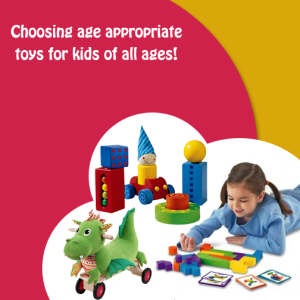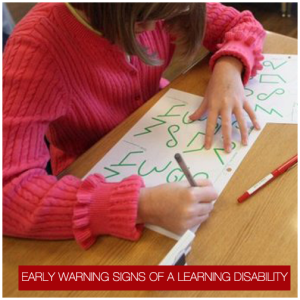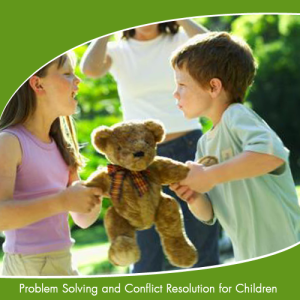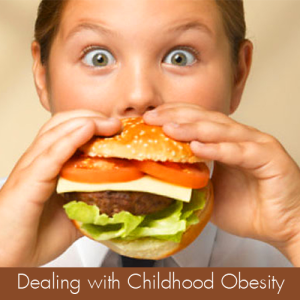If you are a parent, this is the most important message you will ever hear
Believe us, the following video will transform yours and your child’s life positively forever! It’s VERY EASY to make it a part of your family’s daily routine!
Please help us transform more lives and Make Living Fun!
YOU WILL MAKE THE WORLD A BETTER PLACE IF YOU SHARE THIS WITH OTHER PARENTS! PLEASE DO YOUR BIT! Thanks a Million!

 Cough and cold are the most common afflictions of children both young and old. Preschoolers suffer from coughs 3-8 times a year and older children up to 4 times. But there is a lot of confusion surrounding coughs and why they are caused. Here’s an article hoping to clear away some of those misconceptions and an easier (read less worrying) recovery.
Cough and cold are the most common afflictions of children both young and old. Preschoolers suffer from coughs 3-8 times a year and older children up to 4 times. But there is a lot of confusion surrounding coughs and why they are caused. Here’s an article hoping to clear away some of those misconceptions and an easier (read less worrying) recovery.





